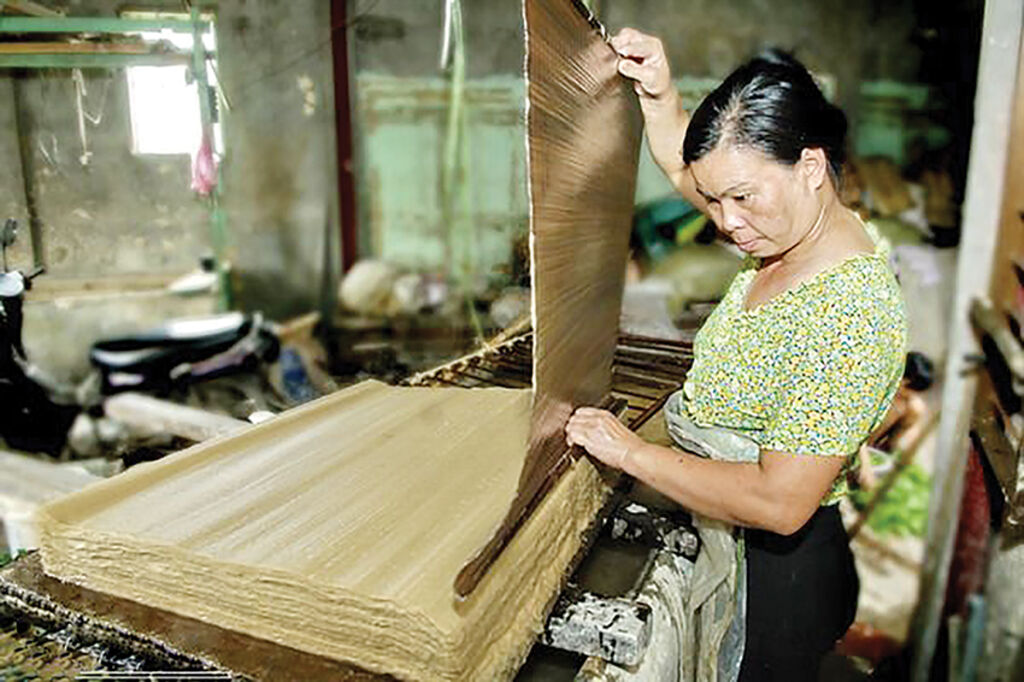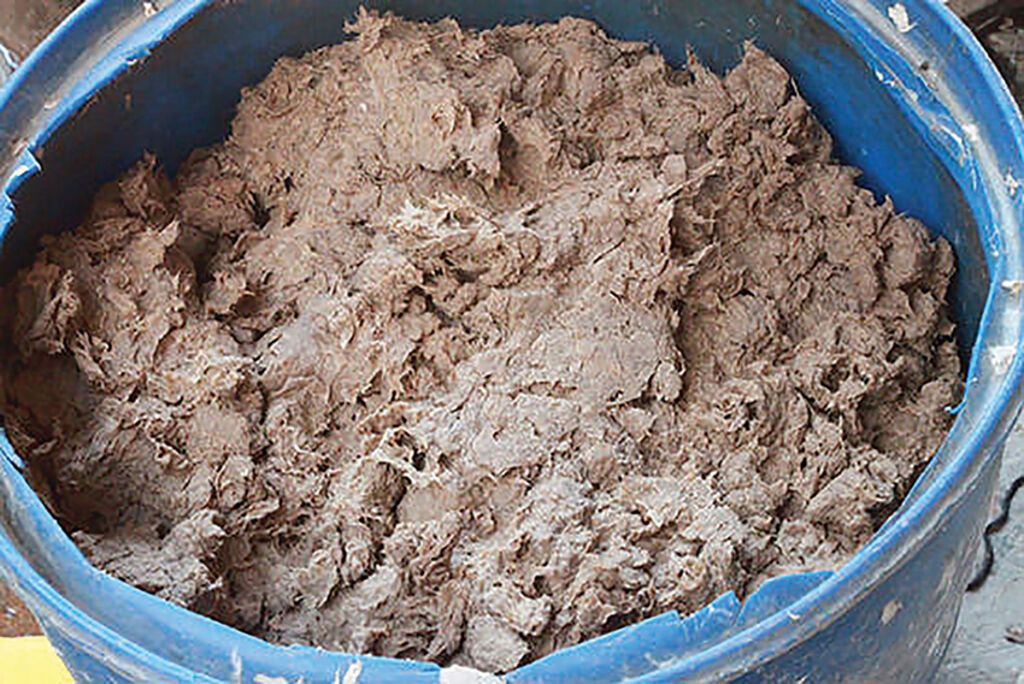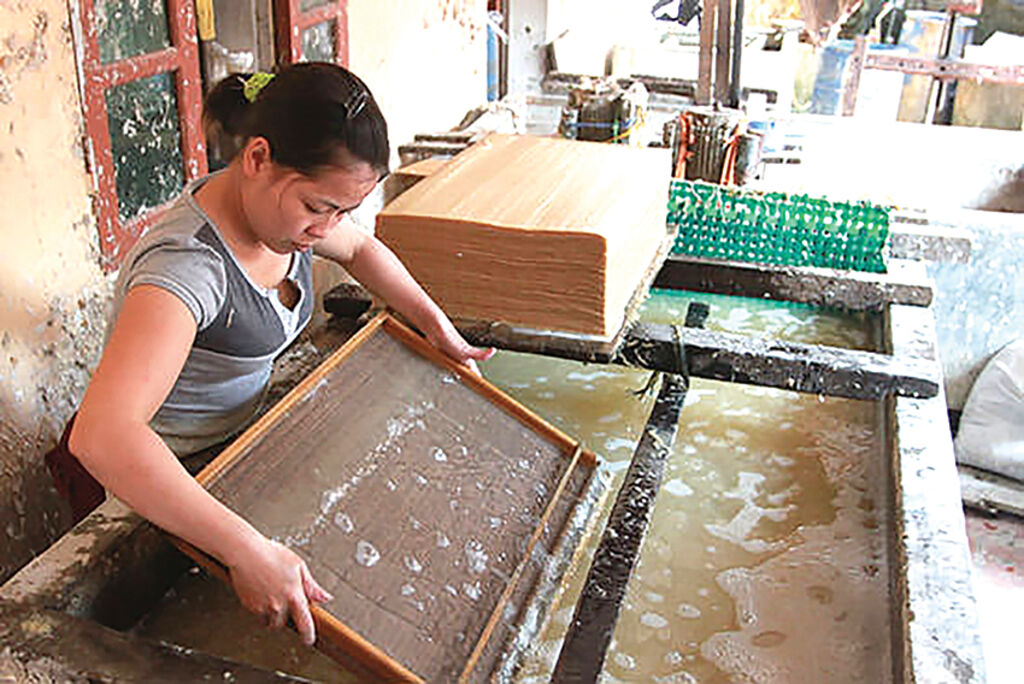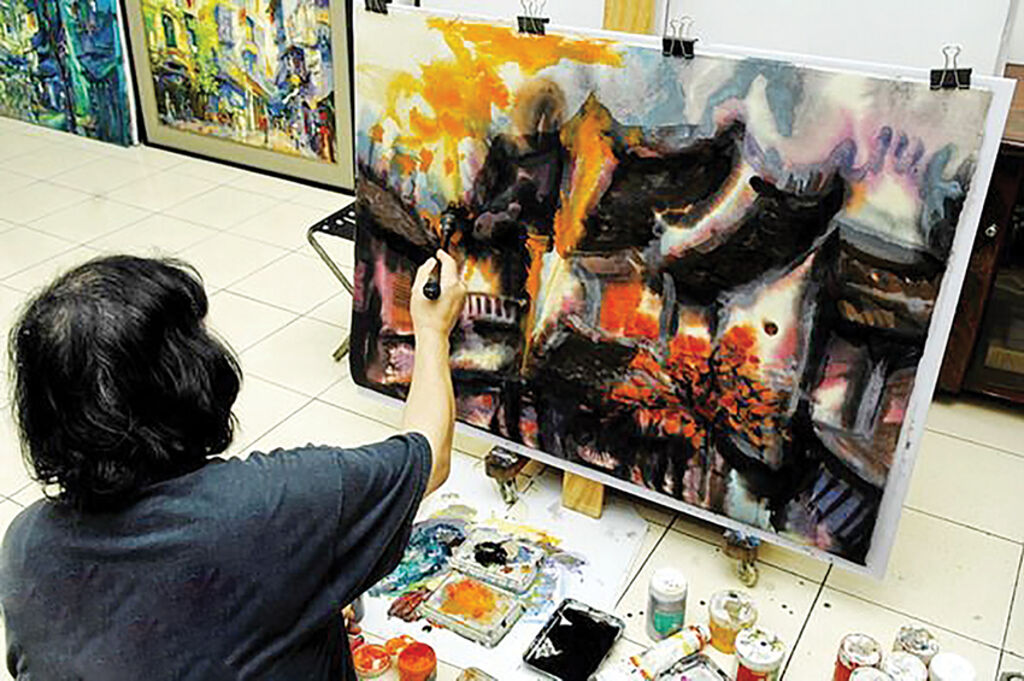 |
| Traditional poonah paper making craft of Duong O villagers__Photo: https://vietnam.vnanet.vn/ |
Located next to the Ngu Huyen Khe river, Duong O village, also known as Dong Cao, in Phong Khe ward in the northern province of Bac Ninh is well-known for its traditional products, do (poonah) paper sheets that can last for centuries.
According to old villagers, Dong Cao village and Yen Thai guild in the west of the imperial capital of Thang Long (now Buoi ward, Tay Ho district, Hanoi) were two famous poonah paper suppliers in the country’s northern region. These were places where the poonah paper making craft flourished in the 18th and 19th centuries. Poonah paper of various qualities was used for different purposes such as making sac phong (title grant documents), writing calligraphy and making Dong Ho folk paintings. Unfortunately, in Dong Cao village there are currently only few families practicing the craft while Yen Thai guild only exists in folk songs.
 |
| Peeling off Rhamnoneuron balansae outer bark__photo: https://langngheviet.com.vn/ |
Duong O villagers usually buy Rhamnoneuron balansae bark, the material to make poonah paper, from the northern mountainous provinces of Cao Bang, Thai Nguyen and Tuyen Quang. The eighth lunar month of the year is considered the best time to harvest Rhamnoneuron balansae bark because at that point of time bark becomes most pulpy and least scratchy.
The process of making poonah paper in Duong O village comprises a series of complicated steps which require not only physical efforts but also skills, experiences and endurance. Nowadays, Duong O villagers produce poonah paper exactly the way their ancestors did.
 |
| Soaking the bark pieces into limewater__Photo: https://vietnam.vnanet.vn/ |
The process begins with removing the black outer layer bark and drying the remainder. When the bark is completely dried, the papermaker soaks it in a water tank for two or three days to make it softer. The bark is then given a rough clean so that all impurities will be removed. Then the bark is cut into 40cm-long pieces which will be soaked in condense lime water for three days, simmered for another day, and then pounded into pulp.
 |
| Ground pulp__Photo: http://langnghevietnam.vn/ |
The next step is to mix bark pulp, Clerodendrum sap and water into a mixture. Noteworthily, the ratio of Clerodendrum sap to bark pulp is a secret that is often handed down from father to son in each family.
 |
| Paperworker dunks the wooden frame into the pulp mixture and seeps it until a perfect layer forms on top__Photo : http://langnghevietnam.vn/ |
When the mixture is ready, the step of forming paper sheets begins. The papermaker dunks a wood frame with a screen made of thin bamboo sticks into the pulp mixture and seeps it until a perfect layer forms on the top. The length of paper sheets depends on the size of the frame while their thickness depends on the papermaker’s skills that require accuracy and years of practice. The papermaker then separates the sheet from the bamboo screen and stacks it into a pile of paper and repeats this movement over and over again. An experienced papermaker can make 1,300 sheets in one day.
 |
| Drawing on poonah paper__Photo: https://vietnam.vnanet.vn/ |
The process continues with the pile of paper being gently squeezed. After that, sheets are peeled off and dried by being either hung over bamboo sticks in dry shady places for two or three days or stuck onto a wall one by one into stacks of 30 sheets. When the sheets become completely dried, they will be peeled off for use.- (VLLF)









